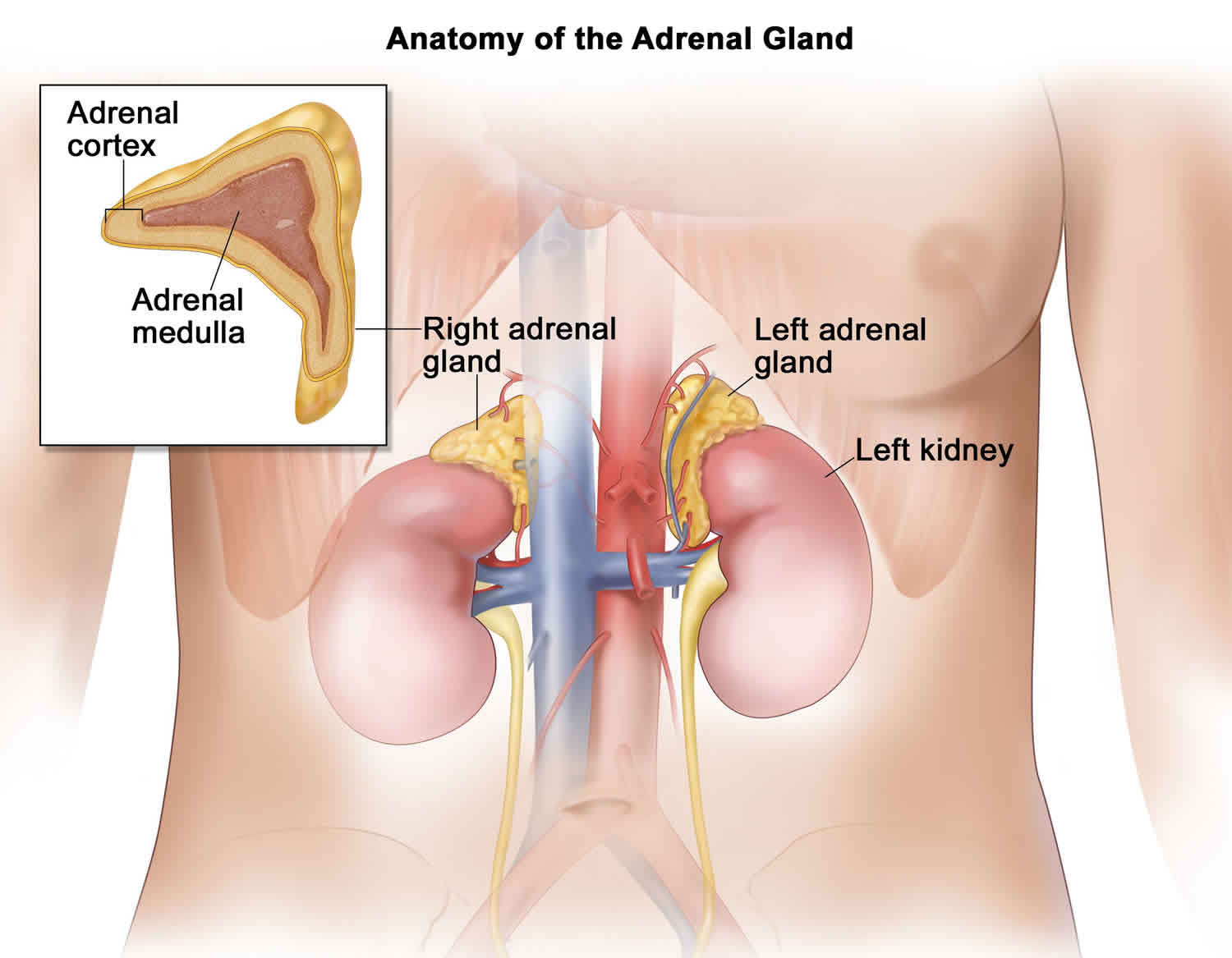Conn syndrome, or primary hyperaldosteronism, occurs when too much aldosterone is released by the adrenal glands. Consequences of Conn syndrome, as enlisted by Internal medicine Doctor in Karachi, include hypertension and disturbance of potassium levels in the blood.
Read on to know more about Conn syndrome, its symptoms, causes and treatment options:
What is Conn syndrome?
Conn syndrome is characterized by excessive aldosterone production in the body. This hormone is produced by the adrenal glands—small glands located on top of the kidneys that produce many important hormones—including steroid hormones, sex hormones and stress hormones.
Under normal circumstances, stressful situations release adrenaline and cortisol, along with other adrenal hormones, that raise the blood glucose, blood pressure and serum sodium. However, in diseased conditions, the body produces too much of these hormones and persistently raised levels then produce adverse symptoms.
Aldosterone is one such hormone released from the adrenal gland, with the primary function of retaining sodium from the urine, getting rid of potassium and increasing the blood pressure. Therefore, too much of this hormone, as seen in Conn syndrome results in disturbances in sodium, potassium and blood pressure.
What are the causes of Conn syndrome?
For primary hyperaldosteronism, the excessive production of aldosterone is attributed to two main causes. Other causes of excessive aldosterone in the blood are attributed to secondary causes. Identification of these causes is important in the workup process to design the treatment strategy, as well as, for prognostic purposes.
- Unilateral due to Benign cortical adenoma:
These are small solitary nodules or adenomas in one of the adrenal glands, mostly less than 2cm in size that produce excessive aldosterone. These are the most common (about 75 percent of times) cause of Conn syndrome.
- Bilateral due to bilateral adrenal hyperplasia:
The remaining 25 percent of causes of Conn syndrome are attributed to a condition whereby both the adrenal glands show excessive aldosterone production. This is called bilateral adrenal hyperplasia, in which, the glands become plump or hyperplastic.
- Other causes due to secondary hyperaldosteronism:
These causes are secondary to other issues like: fluid loos, liver disease, kidney tumors, heart failure, renal artery stenosis, shock and pregnancy. In secondary causes, the adrenal glands are normal.
What are the symptoms of Conn syndrome?
The symptoms of Conn syndrome include:
- Excessive and persistent raise in high blood pressure, refractory to medication
- Lack of muscle strength
- Muscle pain with cramping and twitching
- Frequent urination, including nighttime voiding
- Problems in eyesight
- Headache
- Numbness and tingling
- Fatigue
- On and off paralysis
- Excessive thirst
How is Conn syndrome diagnosed?
The diagnosis of Conn syndrome is made through a thorough medical history, physical examination, followed by investigations like:
- Serum electrolyte levels: in suspected Conn syndrome the levels of serum potassium and sodium are measured. In the presence of disease, there is excessive sodium, and low serum potassium.
- Serum renin: serum renin is also checked in suspected Conn syndrome. The levels are less than normal due to feedback inhibition.
- Urinary aldosterone: in Conn syndrome, the level of urinary aldosterone is checked as well.
- Adrenal vein sampling: this important investigation involves inserting a catheter in the veins of the adrenal glands to check if both glands are making excessive aldosterone or only one is involved. Without this investigation, there is risk of the wrong adrenal gland being removed.
- Blood pressure: charting of blood pressure of Conn syndrome patient shows persistently raised readings.
- CT/MRI: abdominal CT and MRI imaging is used to locate tumors or adenomas of the adrenal gland responsible for hyperaldosteronism.
- Kidney ultrasound: is also performed.
What are the treatment options?
Conn syndrome treatment is based on the etiology. The common treatment options include:
- Surgery: for benign cortical adenomas, healthcare providers recommend unilateral adrenalectomy. This surgery is performed laparoscopically.
- Bilateral adrenal hyperplasia: is treated by Internal medicine Doctor in Rawalpindi with diuretics, which help to rid the body of excessive fluid buildup.
- Secondary hyperaldosteronism: is also treated with drugs.

